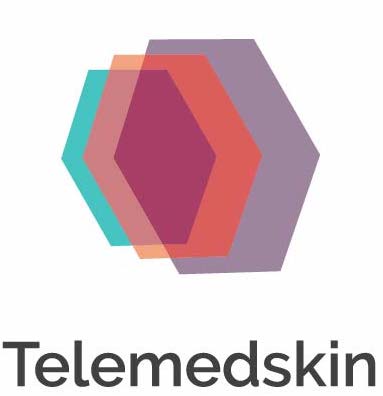How Does Teledermatology Remain in the Workflow After the Pandemic ?
- So there’s a sense that telemedicine has always had this potential, but during the pandemic we allowed the genie out of the bottle, and we really can’t put it back.
- It’s going to have a permanent role in US health care, but what will that be? What percentage of cases will be handled through telemedicine?
- That still needs to be figure out and policy regulations at the American Academy of Dermatology (AAD) will certainly be on top of the list to try to advocate on behalf of its membership.
- Barriers moving forward: we don’t know what the positives long-term will be:
- Will the promises made because public health emergency (PHEIC) by the state licensing reciprocity endure ? Probably not as much.
- HIPAA [Health Insurance Portability and Accountability Act] flexibility unlikely to persist. Certainly HIPAA needed then to be flexible when we’re trying to get care to happen at all:
- Letting people use things like FaceTime and Skype made sense at first, but we need to make sure we’re transitioning to high quality secure programs to ensure the best for all of our patients.
- And reimbursement-wise parity with video visits helps, but video visits aren’t necessarily much more efficient for providers. The AAD task force is also concerned about reimbursement for “store-and-forward”. Ways to get it better reimbursed need to be found
Jules Lipoff. Teledermatology in the US. 8th World Congress of Teledermatology, Skin Imaging and AI in Skin diseases – November 2020
